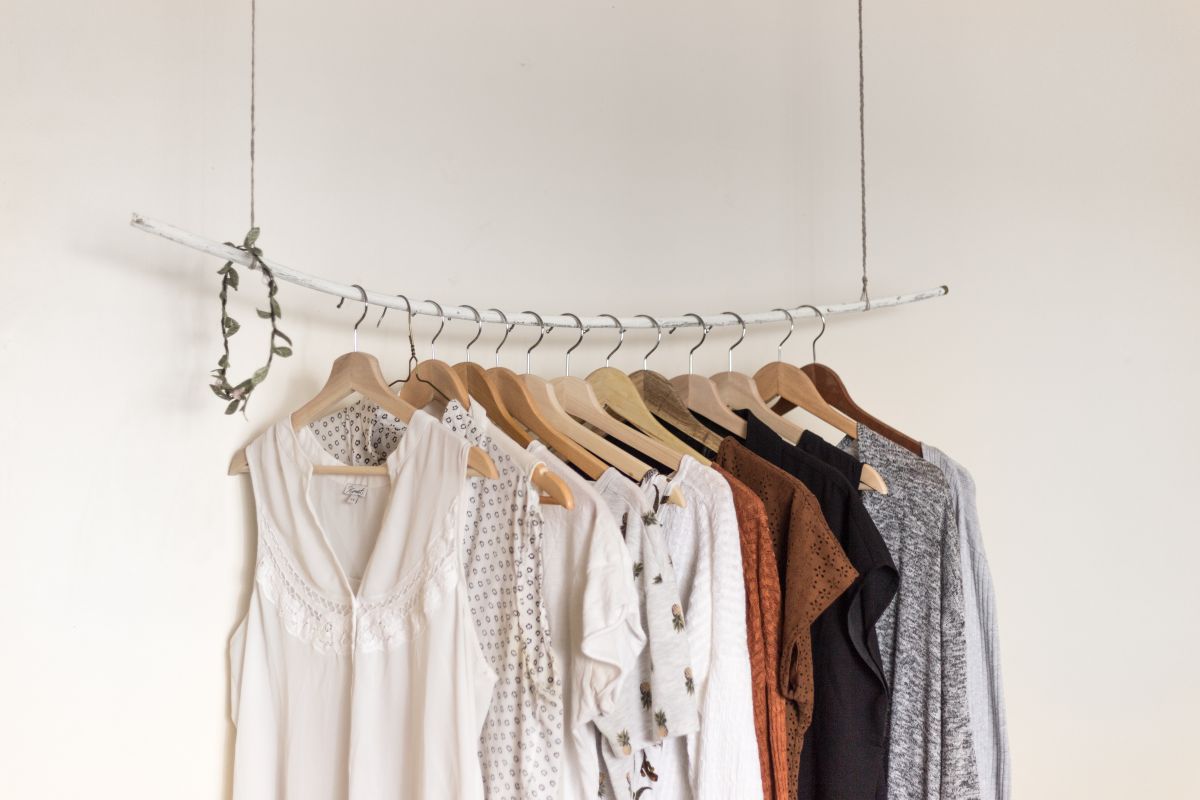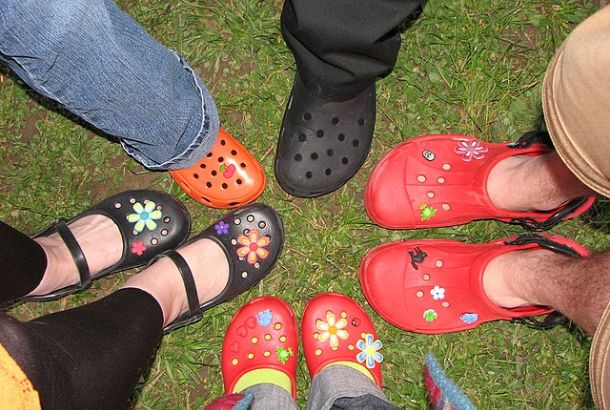How to sell pre-loved clothes online

Has Marie Kondo convinced you to clear out your wardrobe? You could bring in some serious cash by selling the clothes that no longer ‘spark joy’ online.
Where should I sell my second-hand clothes?
There are so many options for selling clothes online nowadays, it can be a little overwhelming. It’s important to pick the site that is right for you and the types of clothes you’re selling. Here’s a rundown of some of our recommendations.
Despite being the most traditional way of selling clothes online, eBay is still a popular choice. It’s great because you can literally sell anything and everything on there. There are two different selling options: either ‘Buy It Now’ which allows you to have a set-price, or an auction where buyers can place bids. eBay collects 10% for each sale.
If you have any vintage, eccentric or on-trend items to sell, Depop is your answer. The app is designed like Instagram whereby you upload a picture of the item you’re selling with a caption underneath. You then tag it with other useful information such as size, brand and price. There’s also the option to swap items which can be really fun and a great way to refresh your wardrobe. Like eBay, they charge you 10% and PayPal fees for each sale.
It isn’t the most conventional option but selling your clothes on Instagram Stories is worth considering. It could be the best solution for you if you aim to sell your clothes quickly, as you can simply upload images of your clothes to your stories with the price you’d like to sell them for. It must be noted that it works better if you have a larger following. On the other hand, if your only followers are friends and family, you can probably hand over items in person, avoiding postage costs as well as the fees that come with some of the aforementioned methods.
If you’re looking to sell designer or more high-end items, your best bet is to sell them on a site that specialises in that category, such as Vestiaire Collective. This site is great because it acts as a third party between sellers and customers. This does come with a cost, which is included in the displayed price of the item, but it’s arguably worth it to ensure there are no issues with authenticity.
Finally, Vinted is a great site for reselling high-street brands. Buyers are thirsty for deals so don’t expect to sell your items at high price points. But, on the plus side, there are no added fees, they take care of the postage price (which the buyer pays for) and it’s really easy to use. Vinted is pretty similar to Depop but the audience is slightly older and more conservative so this is the place to take your simple and classic pieces.
How do I get people to actually buy the clothes I’m selling?
The online second-hand market is incredibly oversaturated. In order to sell your clothes as quickly as possible, and for the best price, you need to stand out.
Photos are the most important element to selling your clothes online. Make sure to have a contrasting background so the item is clear to see and take the photos with the best camera you have available to you. Take several pictures of the front, back, label and any relevant details and, if you can, take a photo of you wearing the item in order to help the buyers visualise the piece (its true size and its styling potential).
Additionally, reputation is important! Be quick to answer messages, be polite and truthful, and send the items as soon as you can and in good condition. Alongside this, describe the item as accurately as possible. Point out any flaws the item may have (stains, rips etc.) and specify any differences between the size on the label and the true fit. Also, try and sell your items seasonally. Although someone might be looking for swimsuits in the middle of December, they’re a lot more likely to be after a Christmas Jumper or a winter coat.
Finally, be realistic with prices. Unless it’s a coveted item, a dress that you bought for £50 is never going to resell for the same price, even if it is brand new with tags. Accept that you’re only going to make back a fraction of the price you bought the item for. Saying this, it is worth considering the resale value of clothes when initially buying them. For example, designer clothing and classic pieces tend to have a higher resale value whereas the resale value of trend-driven pieces from fast fashion companies tends to be lower. This is a thought-process that will not only ensure you make money back on the items you buy, but will also help you shop more responsibly and make circular fashion possible.







